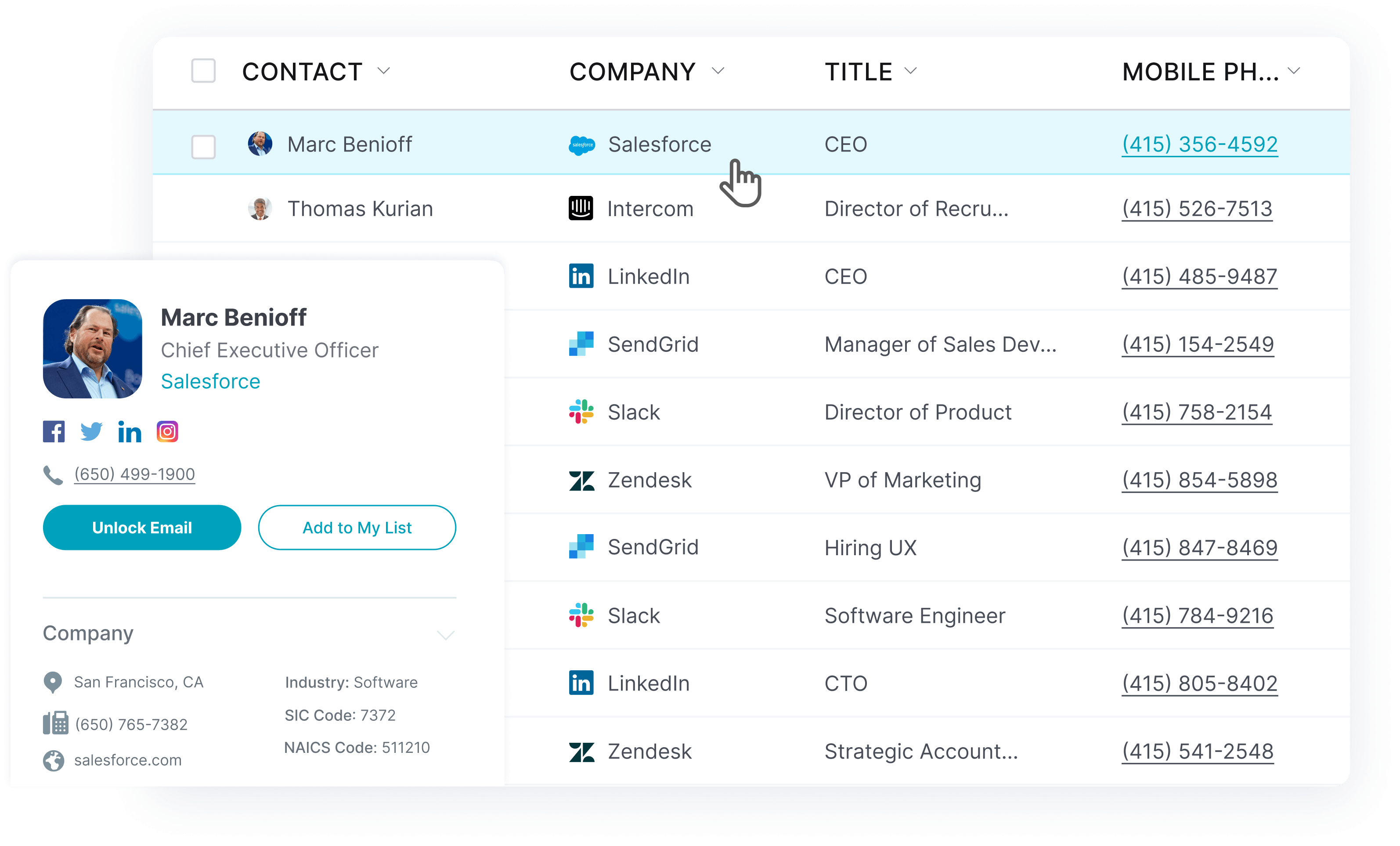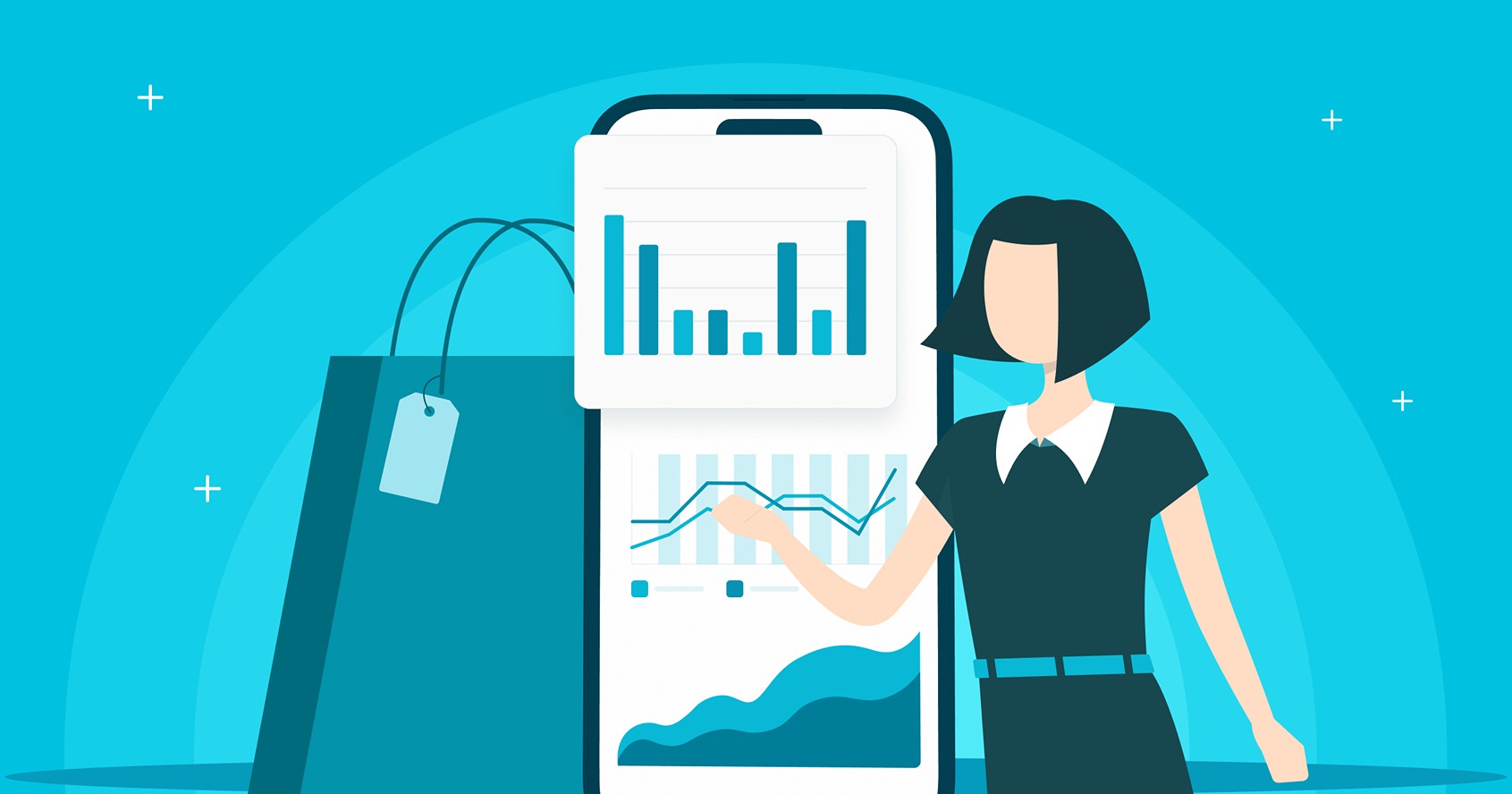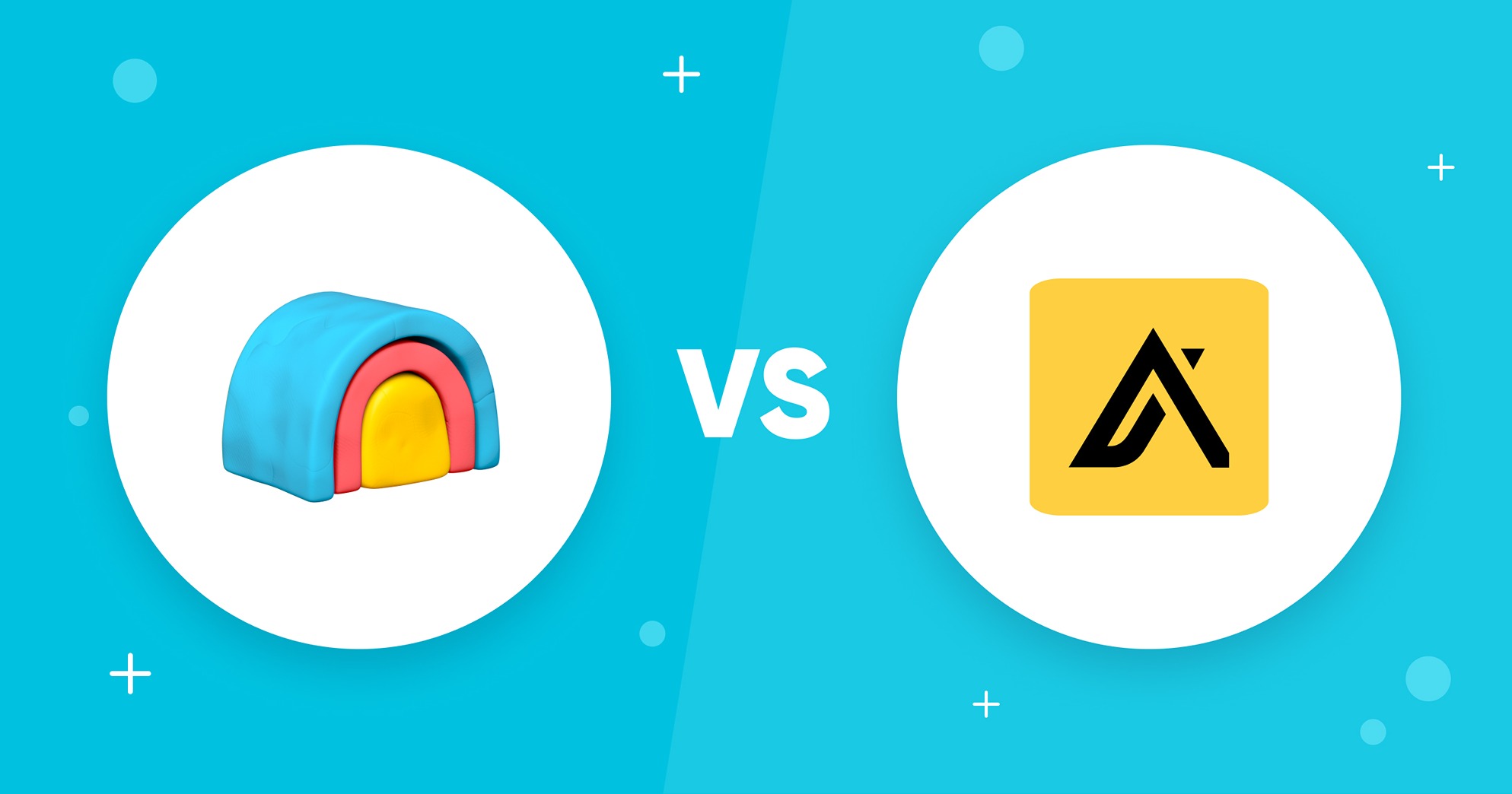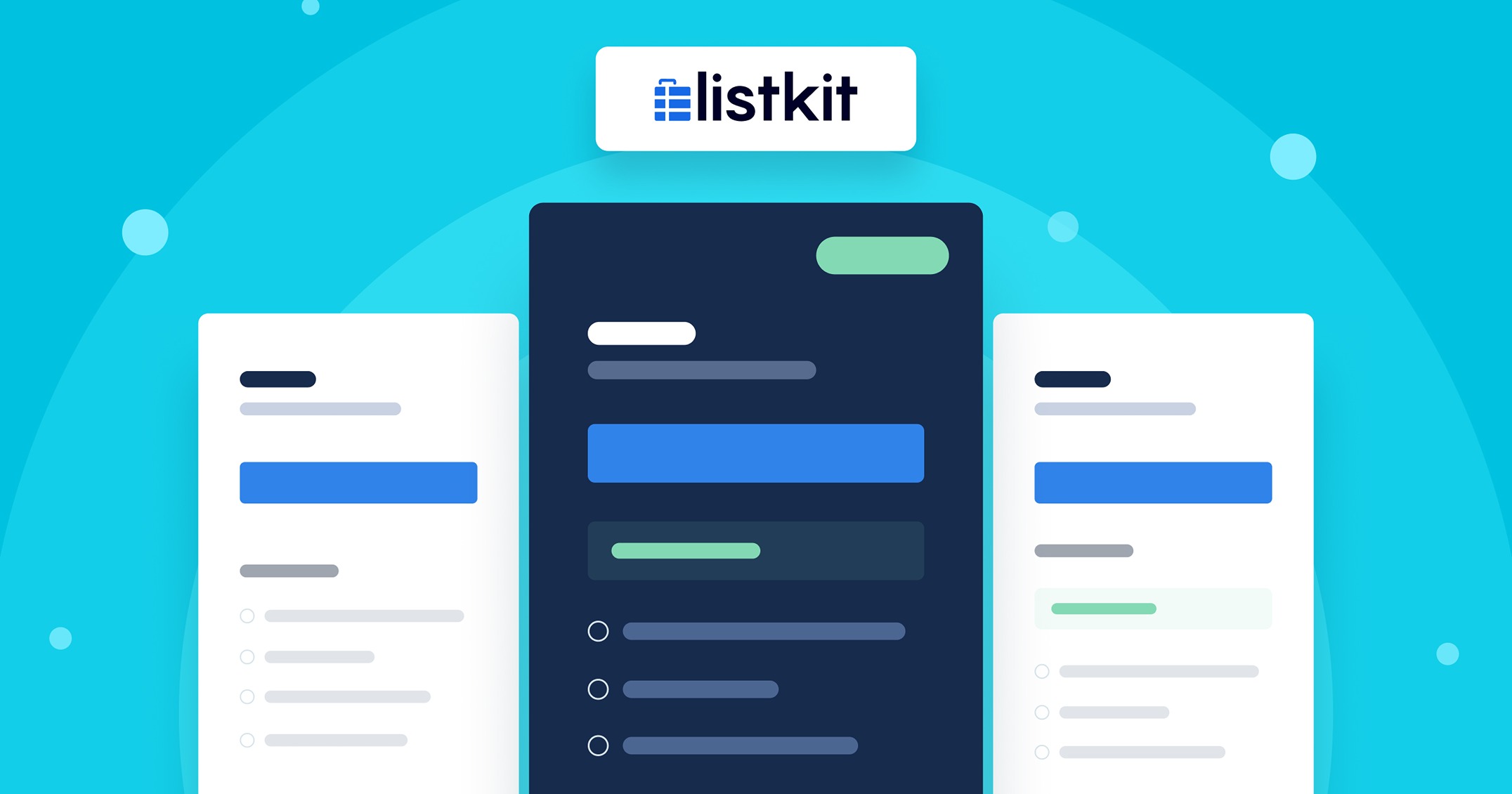Cold emails are one of the most effective and direct ways to generate leads, build relationships with potential customers, grow your user base, and increase sales. As a marketing professional, you know how important it is to be up-to-date on the best strategies for connecting with customers through cold outreach. This comprehensive guide will equip you with tools to learn how to write a cold email that converts. It also includes real-life examples of successful marketing copy to help you incorporate key elements into your campaigns.
What Is a Cold Email?
A cold email is an unsolicited email sent without any prior contact or relationship with the recipient. The term “cold” refers to an email sent to a person who is not expecting it and has no connection to the sender. While cold emails can sometimes be seen as spam, they can also effectively introduce oneself or one’s business to potential customers or clients. When sending a cold email, it’s important to be polite and professional to avoid coming across as intrusive or “salesy.”
It’s also essential to have a clear purpose for sending the email and ensure that the recipient is likely interested in what you say. When done correctly, cold emails can be an effective way to build relationships and expand your business. Starting with a cold email template can make your process all the more efficient. This practice can help you scale your marketing outreach efforts without the time-consuming process of writing copy from scratch. Once you know which content works and lands flat, you can tweak your cold email templates for optimal efficiency.
How to Write a Cold Email That Gets Results
A cold email campaign may be the answer if you’re looking for a way to generate leads or get more customers. But crafting an effective cold email can be tricky; your message should be clear and concise and target the right people. So how do you write a cold email that gets results? Explore this step-by-step guide to find out.
Step 1: Find Email Addresses for Your Leads
Before you draft a cold email, you must have a list of leads to reach out to. So, the first step is finding the email addresses of your potential customers. Depending on your industry and target market, this can be easier said than done.
Many companies hide their contact information behind forms and gates, making it difficult for sales teams to reach the right people. However, there are a few ways to get around this issue. One is to use a prospecting tool like Uplead, which allows you to find reliable email addresses for your leads quickly. The platform guarantees over 95% data accuracy to ensure you’re reaching out to the right people. In addition, the software platform is built with ease of use in mind. Marketing teams are given easy access to a comprehensive email database to help them reach their cold email outbound targets. With Uplead in your corner, you can build your email list in no time.
Step 2: Craft a Strong Intro
The first few phrases of your email are crucial to a successful campaign. Ensure you make a strong impression immediately to pique the recipient’s interest and propel them to read on. So, what’s the most effective technique? Start by crafting a strong opening line that will grab their attention. Ensure it’s relevant to their interests and doesn’t sound spam. Once you have their attention, briefly explain who you are and why you’re reaching out. Then, give a brief overview of what you have to offer and why it would be of interest to them. If you can manage all of that in one short paragraph, you’re well on your way to writing a cold email that gets results.
For example, if you’re selling a new product, you might say something like, “I’m excited to introduce you to X, which will save you time and money.” If you’re offering a service, you might say, “I can help you XYZ, which will free up time so you can focus on other things.” Whatever you do, make sure your intro is persuasive and engaging and that it briefly speaks to a specific pain point the recipient is experiencing.
Step 3: Offer a Solution to Pain Points
The body of your email should offer a solution to the recipient’s pain points. Do your research and identify their specific challenges. Once you understand their pain points, you can craft a message outlining how your product or service can help. Specific messaging tailored to the recipient can increase engagement with your emails.
Be clear and concise in your explanation, and avoid using jargon or technical terms—the recipient may not be familiar with them. Remember, the goal is to make it as easy as possible for the recipient to understand how your solution can benefit them. Many cold email outreach initiatives fall into the trap of listing features instead of solutions to pain points. This can fall short in the eyes of your audience, as they need to feel that your solution is addressing their problem specifically. If you can empathize with your audience’s challenges, you’re well on writing a cold email that gets results.
Step 4: Close With a Call to Action
The goal of a cold email is to get the recipient to take action, whether it be scheduling a meeting, signing up for a free trial, or simply reading your entire message. If you want the recipient to take action, you should close with a strong call to action (CTA).
Without a call to action, your email will likely be ignored or quickly forgotten. So, what makes a good CTA? It should be specific, direct, and easy to follow. For example, “Sign up for our free trial today” or “Schedule a meeting with me to learn more.” Including a clear call to action increases the chance that your cold email will get results.
In addition, make sure your call to action is relevant to the rest of the email. For example, if you’re promoting a new product, you should ask the recipient to check out your website to learn more. Conversely, asking the recipient to sign up for your newsletter might make more sense if you’re trying to generate leads. You’re more likely to get results if you tailor your call to action to the rest of the email. On top of that, your messaging will be more cohesive and on-brand, resulting in a better end-user experience.
Step 5: Catchy Subject Lines Get Clicks
A cold email subject line is extremely important. After all, if the recipient doesn’t open your email, they’ll never see your amazing offer or incredible deal. So, how do you write a cold email subject line that gets results?
There are a few key things to keep in mind. For one, clarify what you’re offering and why it’s valuable. This could be “50% off your first purchase” or “Access to exclusive content.” You should also make your subject line personal. Addressing the recipient by name or mentioning a common interest can help get their attention.
It’s also essential to be clear and concise when crafting your subject line. Keep it short and to the point so the recipient knows exactly what they’ll get when they open your email. Your audience won’t be compelled to open your email if the subject line is poorly written. That’s why taking your time and creating a great one is crucial.
Lead generation doesn’t have to be all that painful. With UpLead, you can easily connect with high-quality prospects and leads to grow your company.

Tips for How to Write a Cold Email
Cold emailing can be a powerful tool for salespeople. It’s one of the most cost-effective and efficient ways to reach potential customers, build relationships, and increase your client base. But before you hit “send” on your next cold email, here are some tips to keep in mind:
Personalization Counts
Your goal is to grab your recipient’s attention, so personalize your emails as much as possible. Research their company, find out what they do, and create a compelling subject line that will make them want to open your message. Pay attention to details such as the recipient’s name, other personal information, and specific information about their business; this will show that you took the time to craft an email specifically for them.
Personalization is important in cold email marketing as it helps build trust and rapport with potential customers. By crafting personalized emails and addressing major pain points, you can show that you care about catering to potential customers’ needs and interests.
Personalization lets your marketing team strategically showcase how a product or service best fits each customer. This helps potential customers easily recognize the value proposition in buying your product or signing up for your service. Personalization can effectively increase brand awareness and engagement, ultimately increasing conversions. You’ll be able to capture the recipients’ attention and turn cold leads into engaged prospects.
Keep it Short
With an ever-increasing amount of media in our day-to-day lives, we only have so much attention for incoming messages. That’s why cold emails should be short; recipients will likely overlook anything they deem too long or drawn out. As a marketer, ensuring that each sentence serves a purpose and contains relevant information about why you are reaching out is important. Avoid fluff or filler words! Also, remember that most people read emails on their phones these days, so make sure the message appears clearly on any device.
Always Add Value
While your main goal is to make a sale (or get someone interested in what you offer), ensure that you also provide the reader with value in some way—through helpful advice or industry insights. This will help establish trust between you and the recipient, making them more likely to respond positively when they receive an offer from you down the line. With so many emails coming through people’s inboxes every day, only those offering something of value will capture your audience’s attention.
Include Social Proof
When reaching out to potential customers, including social proof is important. This means providing evidence of your expertise and credibility. For example, you might include links to positive reviews or case studies that showcase your success stories. This helps establish trust and demonstrates why people should work with you instead of someone else. If you have any awards or certifications, including them in your emails can also be helpful.
Don’t Forget to Follow Up
Don’t forget about follow up emails. Most people won’t respond immediately, so following up is essential. It shows that you care about hearing from them and increases the chance you’ll get a response from them. However, avoid being too pushy—don’t send more than two follow-up emails if you don’t receive an initial response.
Cold email software can help you automate your outreach and remind you when to follow up.
A/B Test Your Emails
A/B testing your emails can help ensure they’re as effective as possible before sending them out in bulk quantities. It involves writing multiple versions of the same email and testing each on a small sample size. A/B testing helps you determine which emails work best so that you can roll them out on a larger scale. This helps increase reader engagement rates by ensuring that each email is targeted specifically for its audience.
In today’s digital landscape, A/B testing sales and marketing emails is essential to sales success. It’s a cost-effective way to optimize content via market research and gives you a better understanding of customer preferences. Through split testing, emails can be tweaked for the highest-performing versions. This leads to better open and click-through rates that generate a better ROI.
A/B testing allows you to determine the proper content mix for your email campaigns so you can adjust your strategy accordingly. It will help you reduce wasted efforts and maximize profits.
Cold Email Examples
If you’re looking for some inspiration regarding your cold email strategy, look no further. In this guide, we’ve compiled a few of our favorite cold email examples from around the web. Whether you’re looking to pitch a new project or say hello, these cold email templates will help get your creative juices flowing.
1. Sales Pitch Cold Email Example
A sales pitch cold email is a great way to introduce your product or service to a potential customer. However, ensuring you are pitching to the right person is important. Whether you’re reaching out to a CEO or HR director, your cold emails should offer a product or service that would be a good fit for the recipient; the product should benefit them.
Once you’ve identified your target audience, it’s time to craft your sales pitch. Keep it brief and to the point. You want to pique their interest without overwhelming them. Avoid jargon and explain the value of your offer clearly and concisely. Don’t make it difficult for your recipient to understand how your product or service can benefit them. Finally, include a clear subject line and “call to action” so the recipient knows what to do next. This will also allow you to integrate them into your sales pipeline. Your target audience will understand what’s ahead in the process, making their relationship with your company more concrete. Here’s an example of a cold email template that you can use:
Subject line: A potential solution to your problem
Dear [Recipient’s Name],
I wanted to reach out and introduce myself. I’m [Your Name], and I work for [Company Name]. We specialize in [what you do].
I think our [products/services] could greatly benefit you, as they offer a solution to [problem they have].
If you’re interested in learning more about what we do, I would be happy to set up a meeting with you at your earliest convenience.
2. Meeting Request Cold Email Example
A meeting request cold email is a great way to connect with a busy person for professional reasons. Keep the email brief, and include the specific purpose of the meeting in the subject line. For example, “Meeting request: Discussing XYZ project.” In the body of the email, explain who you are and why you’re reaching out. Include any relevant information or background to help the recipient understand your request. Be sure to give the recipient a way to contact you to schedule a meeting. A meeting request template is provided below.
Subject line: Schedule a Meeting: [time and date]
Hi [Name],
My name is [Your Name], and I’m [your title/role]. I’m reaching out to you because [reason for meeting].
[Include additional background information as needed.]I would love to schedule a time to discuss this further. Would you be available for a meeting on [date and time]?
If not, please let me know when would be a better time for you.
3. B2B Cold Email Example
When it comes to business-to-business (B2B) cold emails, there are a few key things to keep in mind. First, your recipient is probably already inundated with emails, so yours must stand out. Second, you must be clear about what you’re offering and why it’s of value to the recipient—whether in your subject line or early in the body of your email. And finally, it’s important to respect the recipient’s time and not overstay your welcome.
With those things in mind, let’s look at a B2B cold email template that hits all the right notes.
Subject line: [First Name], are you looking for a [type of company]?
Hi, [First Name],
I wanted to reach out and introduce you to [Your Company]. We specialize in [what you do] and are passionate about helping our clients [what you bring to the table].
I think we could be a great fit for [Their Company], and I wanted to see if you’d be interested in learning more about [what we do]. I’m happy to answer any questions you have or provide more information about our services. Thank you for your time!
4. B2C Cold Email Example
As a business owner selling directly to consumers, you always look for new ways to reach your target market. One way to do this is through cold emailing. Cold emailing can effectively introduce your business to potential customers, build relationships, and generate leads. However, it’s important to craft your emails carefully so they’re not perceived as spam.
In general, B2C cold emails should be brief and to the point. They should also include a personal touch, such as a story about how your product has helped a previous customer. Remember to create a personalized cold email to fit the specific situation, and you’ll be well on your way to generating new leads and building relationships with potential customers.
Here is an example template that you can use for your next B2C cold email:
Subject line: Introducing our brand new [product/service]
Hello [Name],
We’re excited to announce that we have just launched our new [product/service]. We designed this [product/service] with you in mind, and we think you’ll love it! Here are some of the key capabilities that make it a unique solution for your business:
[List key features.]To learn more about our new product/service, we invite you to visit our website or call us at [phone number]. We welcome any and all feedback!
How to Write a Cold Email: FAQs
Below are a few frequently asked questions about creating a cold email campaign.
The key is to personalize each email as much as possible. Begin by addressing the recipient by name, and if possible, mention something you have in common. For example, if you’re reaching out to someone who works in a similar industry, you might mention a recent article or event you both attended. In addition, it’s important to outline what you can do for the recipient and why they should care about your product or service. Creating compelling subject lines can also create more of an impact.
If you want a positive response to your cold emails, there are certain things you should avoid. First, don’t send a generic message that could apply to anyone. Take the time to personalize your email and empathize with the recipient’s specific pain points. Second, don’t be too “salesy” or promotional in your language. Stick to providing information and let the recipient decide if they’re interested. Cold emails that come across as too forward result in negative experiences for the recipient. Finally, don’t be overly familiar or casual in your tone. A cold email is still professional communication, so maintain a respectful and courteous manner throughout the text.
Cold email campaigns have been a popular marketing technique for many years. The idea is simple: reach out to potential customers who have never heard of your product or service and try to sell them on the big picture. While this may seem a long shot, cold emailing can be surprisingly effective. Studies have shown that cold emailing is one of the most effective marketing techniques for new products.
What You Need to Remember About How to Write a Cold Email
Cold emailing can be an effective way for salespeople to reach out to and connect with potential customers. However, certain things need to be kept in mind when writing these emails if they’re going to be successful. Following time-tested cold email techniques is essential to your outreach efforts.









